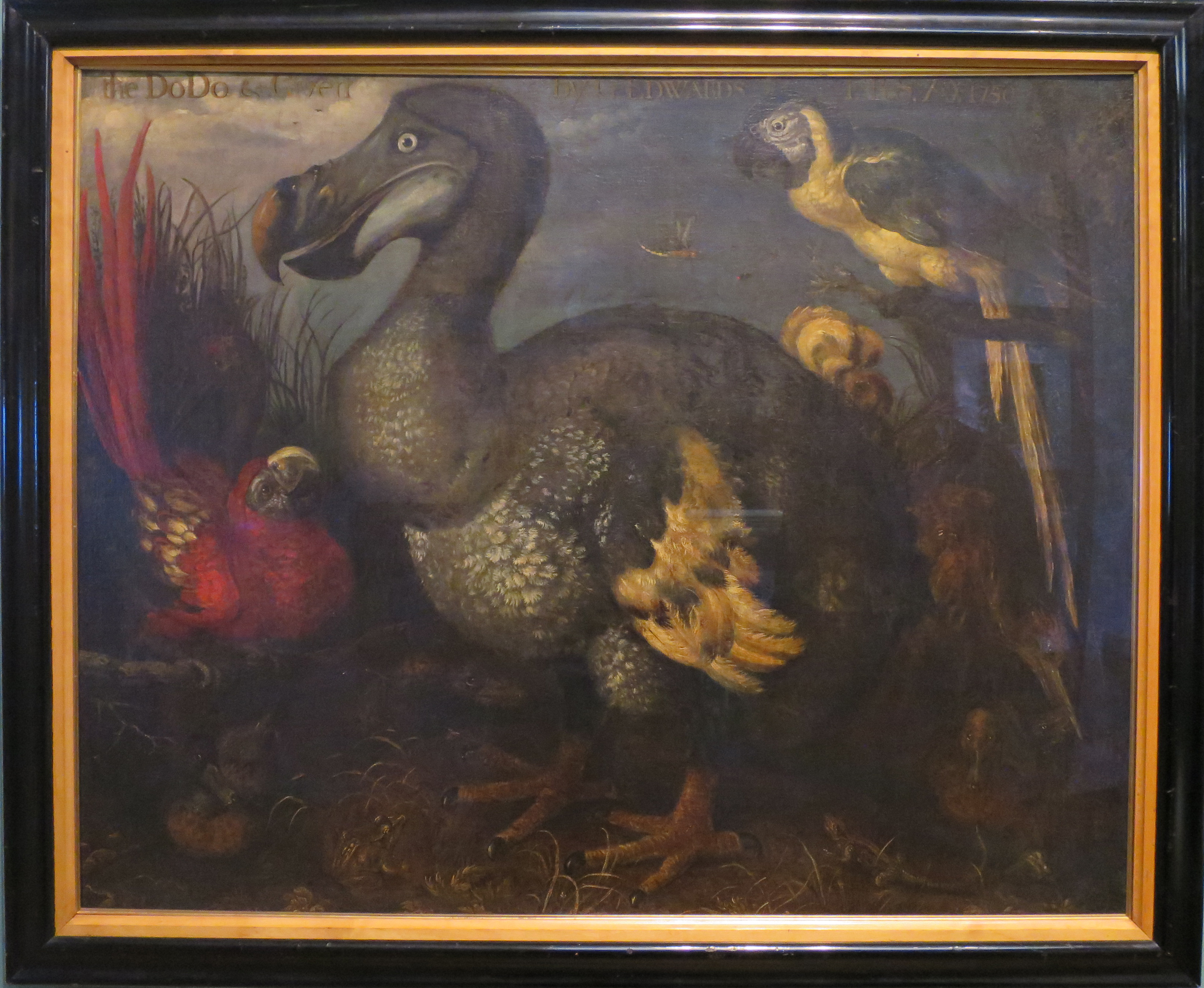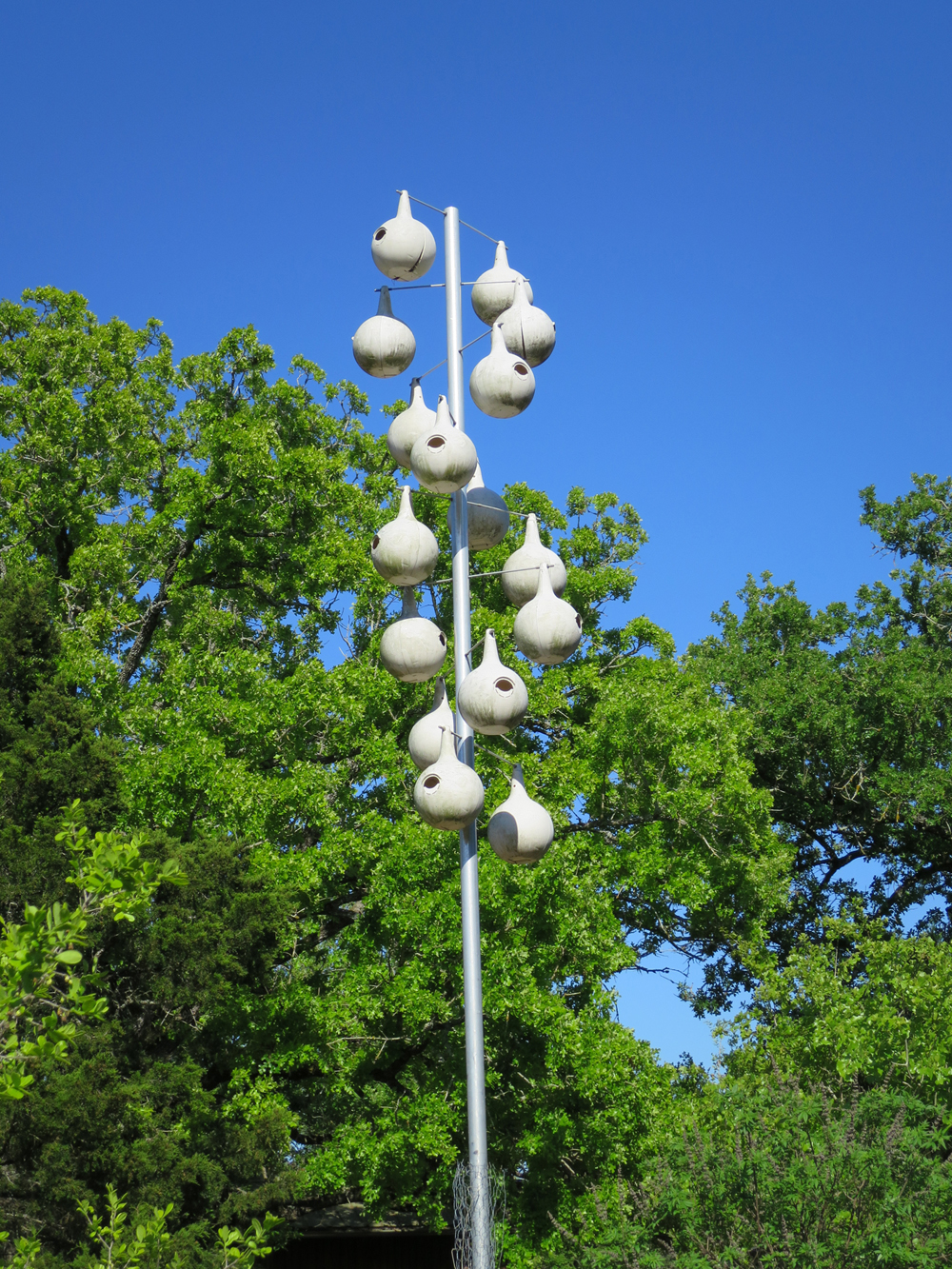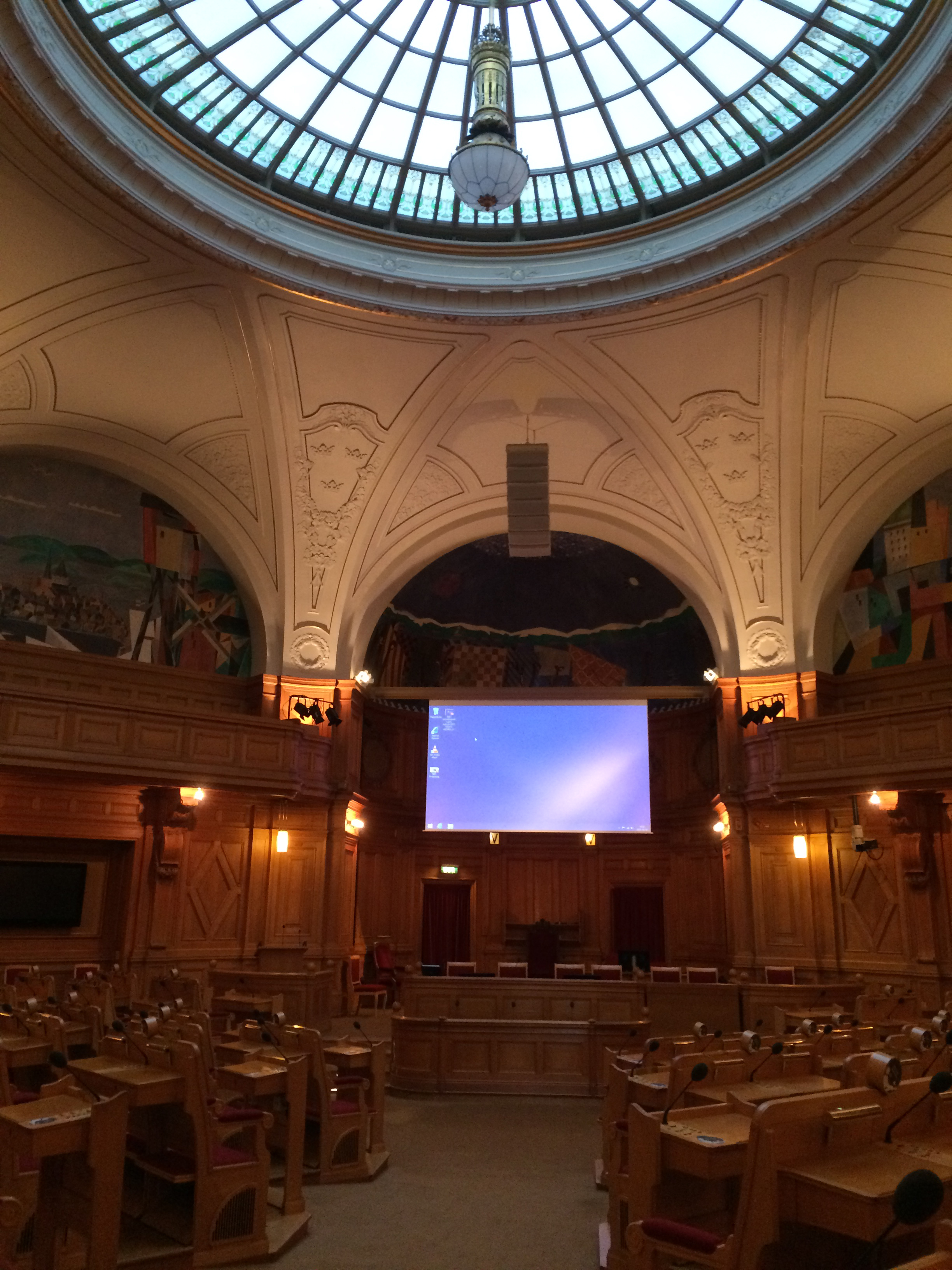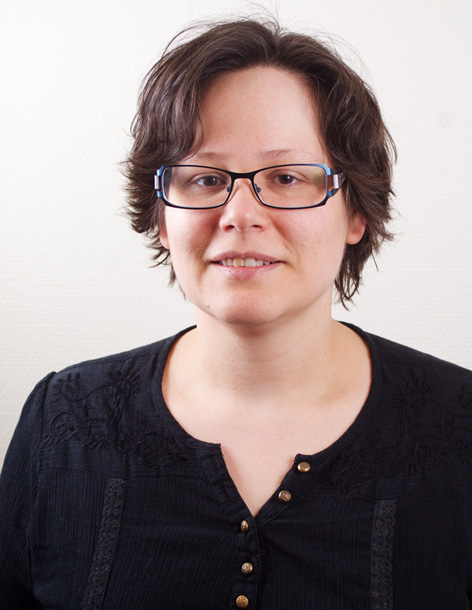
The gifts of 2015
It’s the end of the year and time for reflections over this blog and my research year. Since it is Christmas time and I can’t count how many times I’ve heard various versions of “The Twelve Days of Christmas”, I let the song inspire this wrap-up.
On the 1st day of Christmas my research gave to me: A starling in a blooming tree
 In June I posted about Rachel Carson’s essay “How About Citizenship Papers for the Starling?” which postulated that the European starling is a fully integrated American bird. The starling is a great case for thinking about belonging rather than native/non-native labels as a key element of human/non-human relations.
In June I posted about Rachel Carson’s essay “How About Citizenship Papers for the Starling?” which postulated that the European starling is a fully integrated American bird. The starling is a great case for thinking about belonging rather than native/non-native labels as a key element of human/non-human relations.
On the 2nd day of Christmas my research gave to me: Two beaver testicles
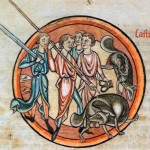 In August I discussed a story told in Pliny the Elder’s Natural History about the beaver. Supposedly the beaver will bite off his testicles when in danger, and the testicles are then used for castoreum. Of course, beaver don’t really bite off their testicles and castoreum comes from glands not testicles anyway. But this tale, which was told and retold over the centuries, reminds us of the power of stories in shaping the human-animal relationship.
In August I discussed a story told in Pliny the Elder’s Natural History about the beaver. Supposedly the beaver will bite off his testicles when in danger, and the testicles are then used for castoreum. Of course, beaver don’t really bite off their testicles and castoreum comes from glands not testicles anyway. But this tale, which was told and retold over the centuries, reminds us of the power of stories in shaping the human-animal relationship.
On the 3rd day of Christmas my research gave to me: Three badger babies
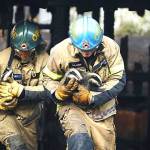 It couldn’t have been a more dramatic story. Firemen rescued three badger kits from a smoldering building and were hailed as heroes. Yet a day later the babies had been euthanized—not because they were not in fine condition, but because there was no place to send them within the city for care. The story speaks poignantly to conflicting ideas of care, as well as the contested role of animals in urban spaces.
It couldn’t have been a more dramatic story. Firemen rescued three badger kits from a smoldering building and were hailed as heroes. Yet a day later the babies had been euthanized—not because they were not in fine condition, but because there was no place to send them within the city for care. The story speaks poignantly to conflicting ideas of care, as well as the contested role of animals in urban spaces.
On the 4th day of Christmas my research gave to me: Four museum visits
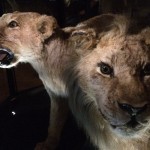 I had the chance to visit four natural history museums for research this year. First up was the Smithsonian Natural History Museum, where I got to see the body of Martha, the last living passenger pigeon. Next was the Muséum nationale d’Historie naturelle in Paris, where the extinction room weighed heavily upon visitors as a dark and foreboding space. Third was the small local museum Elvarheim in Åmli, the home of Peder Jenson-Tveit and all the beavers which where reintroduced to Sweden. Finally I ventured to the American Museum of Natural History in New York where I admired the newly refurbished muskoxen in Greenland diorama. What all these museum visits have impressed upon me is the value of evaluating what histories of extinction, endangerment and recovery we tell to the public.
I had the chance to visit four natural history museums for research this year. First up was the Smithsonian Natural History Museum, where I got to see the body of Martha, the last living passenger pigeon. Next was the Muséum nationale d’Historie naturelle in Paris, where the extinction room weighed heavily upon visitors as a dark and foreboding space. Third was the small local museum Elvarheim in Åmli, the home of Peder Jenson-Tveit and all the beavers which where reintroduced to Sweden. Finally I ventured to the American Museum of Natural History in New York where I admired the newly refurbished muskoxen in Greenland diorama. What all these museum visits have impressed upon me is the value of evaluating what histories of extinction, endangerment and recovery we tell to the public.
On the 5th day of Christmas my research gave to me: Five extinction statues
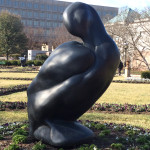 As part of the memorial activities for the 100th year anniversary of the death of Martha, the last passenger pigeon, the Smithsonian in Washington DC had a display of five statues of extinct North American birds created by the Lost Bird Project. Four of them (the great auk, hen harrier, Labrador duck, and Carolina parakeet) were in the garden next to Smithsonian Castle; the passenger pigeon was on display in the garden next to the Natural History museum. These statutes really got me thinking about how extinction is memorialised and publicly remembered and I’ve been working to develop a follow-on project on this topic.
As part of the memorial activities for the 100th year anniversary of the death of Martha, the last passenger pigeon, the Smithsonian in Washington DC had a display of five statues of extinct North American birds created by the Lost Bird Project. Four of them (the great auk, hen harrier, Labrador duck, and Carolina parakeet) were in the garden next to Smithsonian Castle; the passenger pigeon was on display in the garden next to the Natural History museum. These statutes really got me thinking about how extinction is memorialised and publicly remembered and I’ve been working to develop a follow-on project on this topic.
On the 6th day of Christmas my research gave to me: Six conferences
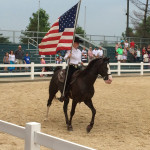 An important part of being an academic is sharing my research with other scholars and finding out what they are working on. There is always much to learn at conferences and workshops. In 2015, I went to six international conference/workshop events: Urbanizing Nature. The Transformation of City-Nature Relations 1500-2000 (Antwerp); Agricultural History Society (Lexington), American Society for Environmental History (Washington DC), European Society for Environmental History (Versailles), Sawyer Seminar on the Environmental Humanities at UCLA (Los Angeles), and Dam removal: New Environments and New Landscapes? Social, cultural and political issues (Poitiers). I gave papers or participated on round tables at all of these. But more importantly I got to listen to and make connections with others around the world.
An important part of being an academic is sharing my research with other scholars and finding out what they are working on. There is always much to learn at conferences and workshops. In 2015, I went to six international conference/workshop events: Urbanizing Nature. The Transformation of City-Nature Relations 1500-2000 (Antwerp); Agricultural History Society (Lexington), American Society for Environmental History (Washington DC), European Society for Environmental History (Versailles), Sawyer Seminar on the Environmental Humanities at UCLA (Los Angeles), and Dam removal: New Environments and New Landscapes? Social, cultural and political issues (Poitiers). I gave papers or participated on round tables at all of these. But more importantly I got to listen to and make connections with others around the world.
On the 7th day of Christmas my research gave to me: Seven muskox posts
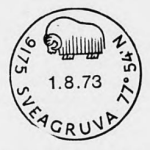 In 2015, I posted more about muskoxen than any other animal. Muskoxen have been a valuable resource since the early explorers in the North relied on them as human & dog food, so it’s not surprising that muskoxen meat has been touted as a way of making the Arctic fruitful and wool production as a new business in northern Norway and Alaska. Attempts to domesticate muskoxen even inspired a poem by Marianne Moore. Although muskoxen are officially considered an alien species in Norway and Sweden, the animal has been commemorated on a postmark in Svalbard and a stamp series for the Swedish mountains, revealing its cultural integration. The tension between acceptance and rejection makes the muskox a case worth thinking with.
In 2015, I posted more about muskoxen than any other animal. Muskoxen have been a valuable resource since the early explorers in the North relied on them as human & dog food, so it’s not surprising that muskoxen meat has been touted as a way of making the Arctic fruitful and wool production as a new business in northern Norway and Alaska. Attempts to domesticate muskoxen even inspired a poem by Marianne Moore. Although muskoxen are officially considered an alien species in Norway and Sweden, the animal has been commemorated on a postmark in Svalbard and a stamp series for the Swedish mountains, revealing its cultural integration. The tension between acceptance and rejection makes the muskox a case worth thinking with.
On the 8th day of Christmas my research gave to me: Eight publications
2015 was a good publishing year for me with 8 published articles. Almost all of them are related to ecological restoration, reintroduction, and rewilding. Here’s the list:
- Jørgensen D. 2015. Ecological restoration as objective, target and tool in international biodiversity policy. Ecology and Society 20 (4):43. http://dx.doi.org/10.5751/ES-08149-200443
- Bell D., Hjältén J., Nilsson C. Jørgensen D. and Johansson T. 2015. Forest restoration to attract a putative umbrella species, the white-backed woodpecker, benefited saproxylic beetles. Ecosphere 6(12):278. http://dx.doi.org/10. 1890/ES14-00551.1
- Jørgensen D. 2015. Rethinking rewilding. Geoforum 65: 482-488.
- Hasselquist E. M., Nilsson , Hjältén J., Jørgensen D., Lind L. and Polvi, L.E. 2015. Time for recovery of riparian plants in restored northern Swedish streams: a chronosequence study. Ecological Applications 25(5): 1373-1389.
- Jørgensen D. 2015. Illuminating ephemeral medieval agricultural history through manuscript art. Agricultural History 89: 186-199
- Jørgensen D. 2015. The conservation implications of parasite co-reintroduction. Conservation Biology 29: 602-605.
- Jørgensen D. 2015. Migrant muskoxen and the naturalization of national identity in Scandinavia. In The Historical Animal, ed. S. Nance, 184-201. Syracuse University Press.
- Jørgensen D. 2015. Remembering the past for the future: The function of museums in science fiction time travel narratives. In Time Travel in the Popular Media, ed. J. Ormrod and Matthew Jones, 118–131. Jefferson, NC: McFarland.
On the 9th day of Christmas my research gave to me: Nine featured animals
 Of course I wrote a lot about beavers and muskoxen on this blog, since they are the animals featured in my primary source research. But I also wrote about other animals. I discussed extinct animals like the passenger pigeon and thylacine, as well as animals that have been reintroduced to previous habitats like the great bustard and Przewalski horse. I even found an aborted attempt to introduce lemming onto the Svalbard archipelago. While humans have a tendency to think they can control and move animals at will, as wildlife numbers grow, tensions between humans and animals have also grown, as demonstrated in the cases of the wild boar and brown bear. I like thinking broadly and applying the lessons of my primary cases to the wider world of human-animal relations.
Of course I wrote a lot about beavers and muskoxen on this blog, since they are the animals featured in my primary source research. But I also wrote about other animals. I discussed extinct animals like the passenger pigeon and thylacine, as well as animals that have been reintroduced to previous habitats like the great bustard and Przewalski horse. I even found an aborted attempt to introduce lemming onto the Svalbard archipelago. While humans have a tendency to think they can control and move animals at will, as wildlife numbers grow, tensions between humans and animals have also grown, as demonstrated in the cases of the wild boar and brown bear. I like thinking broadly and applying the lessons of my primary cases to the wider world of human-animal relations.
On the 10th day of Christmas my research gave to me: Ten months of flying
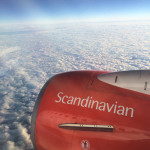 All the conferences, workshops, speaking engagements, museum visits, and archival research I’ve done in 2015 translated into a good bit of time in the air. I had a flight to somewhere every month except January and August. At least I kept my gold frequent flyer status, so I can make use of the showers at the SAS lounge after those long international flights!
All the conferences, workshops, speaking engagements, museum visits, and archival research I’ve done in 2015 translated into a good bit of time in the air. I had a flight to somewhere every month except January and August. At least I kept my gold frequent flyer status, so I can make use of the showers at the SAS lounge after those long international flights!
On the 11th day of Christmas my research gave to me: Eleven speaking engagements
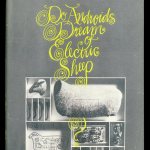 My calendar was packed in 2015! In March, I gave invited talks at Brown University (Providence, USA) and University of Virginia (Charlottesville, USA), as well as participated in the plenary roundtable at the Agricultural History Society meeting (Lexington, USA). In April, I taught a class about science fiction and extinction at KTH Royal Institute of Technology (Stockholm, Sweden); presented a summary of a workshop “Visions of the Premodern North” in a public seminar on Premodern Studies at Umeå University (Umeå, Sweden); and gave a presentation at a symposium on wild reindeer reintroduction in Umeå. In May, I spoke at the graduate school “Transdisciplinary Animal History” organised by Tallinn University (Altmõisa, Estonia). September took me to University of Agder (Kristiansand, Norway) where I talked about blogging and the research process. In October, I gave a talk “History for a Sustainable Future” at the Environmental Humanities event organized by the Sällskapet Riksdagsledmöter och Forskare at the Swedish Parliament (Stockhom, Sweden). In November, I was an invited speaker at the Pratt Institute for Design (New York, USA) and I presented a workshop on writing articles at Luleå University of Technology (Luleå, Sweden) where I started working in August. Whew!
My calendar was packed in 2015! In March, I gave invited talks at Brown University (Providence, USA) and University of Virginia (Charlottesville, USA), as well as participated in the plenary roundtable at the Agricultural History Society meeting (Lexington, USA). In April, I taught a class about science fiction and extinction at KTH Royal Institute of Technology (Stockholm, Sweden); presented a summary of a workshop “Visions of the Premodern North” in a public seminar on Premodern Studies at Umeå University (Umeå, Sweden); and gave a presentation at a symposium on wild reindeer reintroduction in Umeå. In May, I spoke at the graduate school “Transdisciplinary Animal History” organised by Tallinn University (Altmõisa, Estonia). September took me to University of Agder (Kristiansand, Norway) where I talked about blogging and the research process. In October, I gave a talk “History for a Sustainable Future” at the Environmental Humanities event organized by the Sällskapet Riksdagsledmöter och Forskare at the Swedish Parliament (Stockhom, Sweden). In November, I was an invited speaker at the Pratt Institute for Design (New York, USA) and I presented a workshop on writing articles at Luleå University of Technology (Luleå, Sweden) where I started working in August. Whew!
On the 12th day of Christmas my research gave to me: Twelve months to go
It’s been quiet in December (and pretty quiet all fall) here because (1) I started a new job at Luleå University of Technology that is 50% teaching, and (2) I am trying to write my book manuscript based on this research. This ‘Return of Native Nordic Fauna” project goes through next year so I still have more to share with you in 2016! Hopefully one of those things will be a book. Keep an eye out here for more great stories of reintroduction, extinction, belonging, and more.
